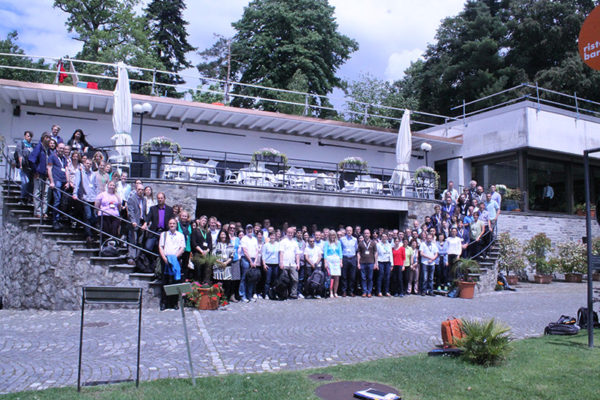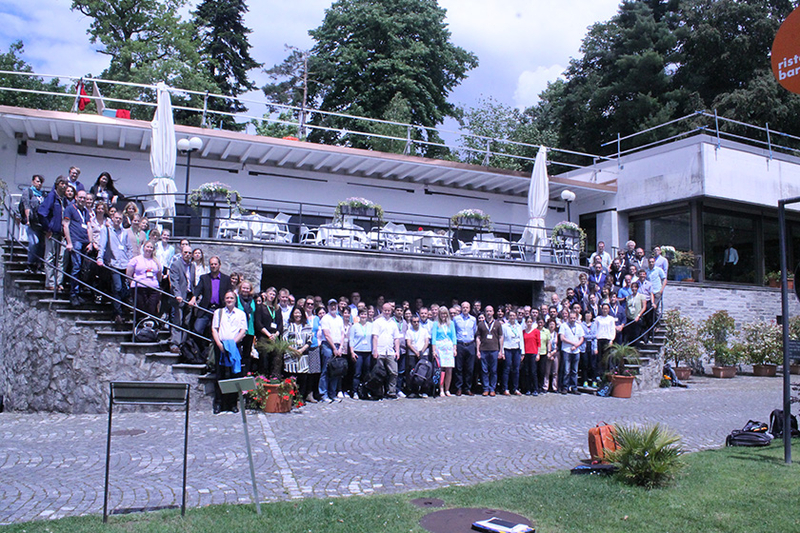Today the importance of environmental analyses has been generally accepted. However conventional environmental monitoring programs are somewhat limited in scope as these programs only search for compounds that have been previously found to exist in contaminated samples. These compounds make up only a fraction of compounds that may be present in target samples overall. In addition to previously found compounds there is a large number of contaminants we are not aware of and for sure some of these compounds are of importance. These compounds have not yet made their way to the emerging contaminants lists.
The lack of these monitoring programs comes from the fact that with the conventional analytical techniques it is even impossible to monitor “everything” as most of the techniques require standard substances for analyses. However if a compound has not yet been identified it is also unlikely (if not impossible) to have a standard for this substance. Currently the importance of analyses of unknown compounds been increasingly noticed. The detection of such unknown compounds is called non-target analyses referring that there aren’t any target compounds, which are specifically looked for. Such non-target analyses can today almost only be done with high-resolution mass spectrometry (HRMS). The beauty of HRMS data compared to conventional target analyses is that you can go back to your data and re-examine if one or another compound was in the sample at any time. This could be done even years later when we have a lot more information on the contaminants.
 |
| NonTarget2016, picture from www.eawag.ch |
From 29th of May until 3th of June a NonTarge 2016 conference was held in Ascona, Switzerland, specifically dedicated to such analyse. Our Master’s student Gunnar Printsmann who has started to study the organic pollutants in Estonian groundwater received a stipendium to this Europe’s largest conference specifically dedicated to non-target analyses.
In the conference there were present most analytical laboratories dealing with non-target analyses today. In general, it was proposed that approximately 5-10% of the HRMS peaks observed in spectrum can actually be identified via non-target analyses. However, several institutions are working to improve this situation. One thing of urgent need is the list of suspect substances. During last year we have tried to conduct our own suspects list of pesticides, detergents, pharmaceuticals, industrial chemicals etc. Similar lists are also available or being developed under names Tracefinder, NORMAN, etc. Another software that is being developed in several places and which is of great interest also for other MS users not only in non-target screening is the MS/MS transitions predictor.
We hope to report on Estonian ground water non-target analyses in a near future.


